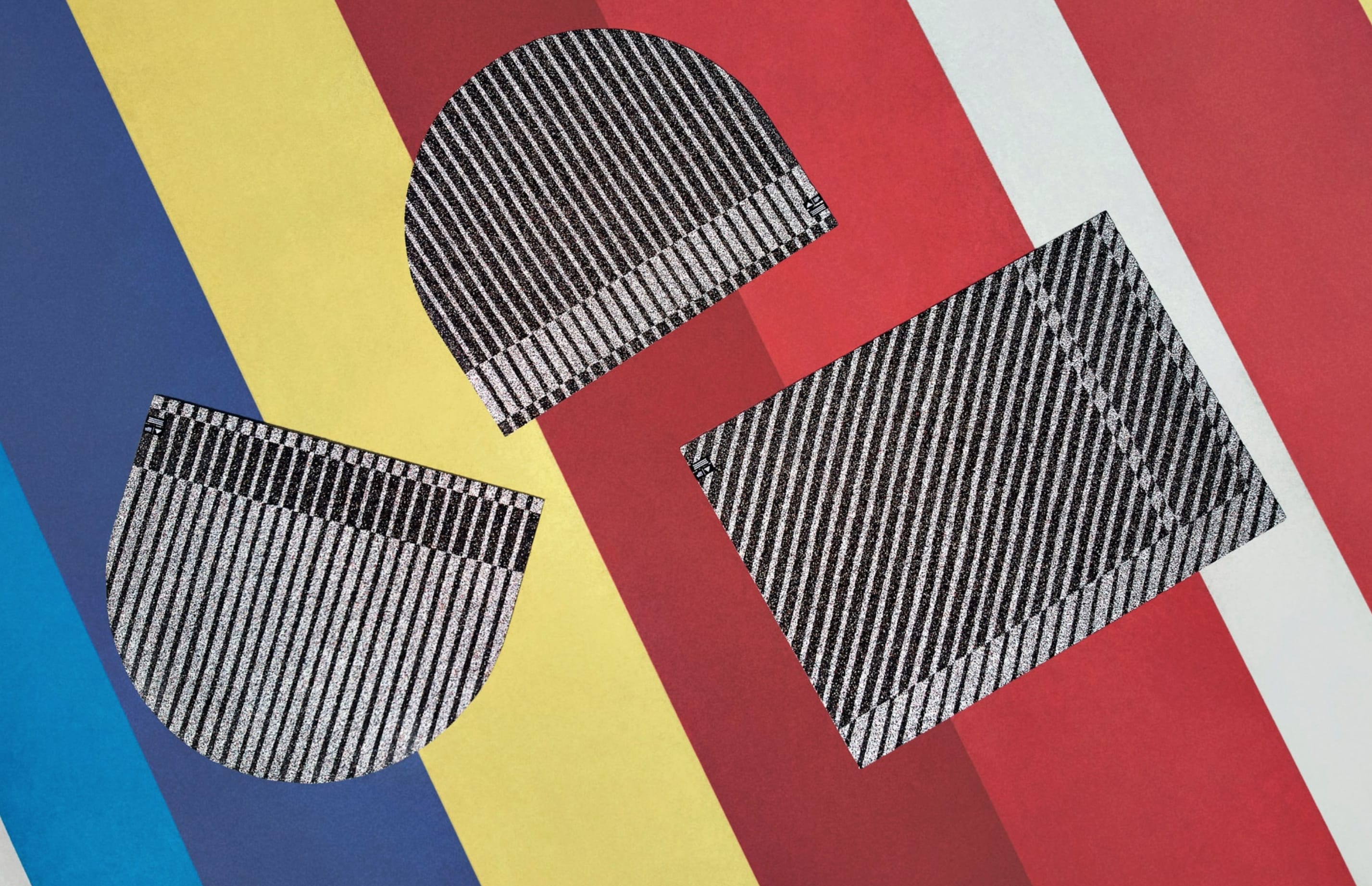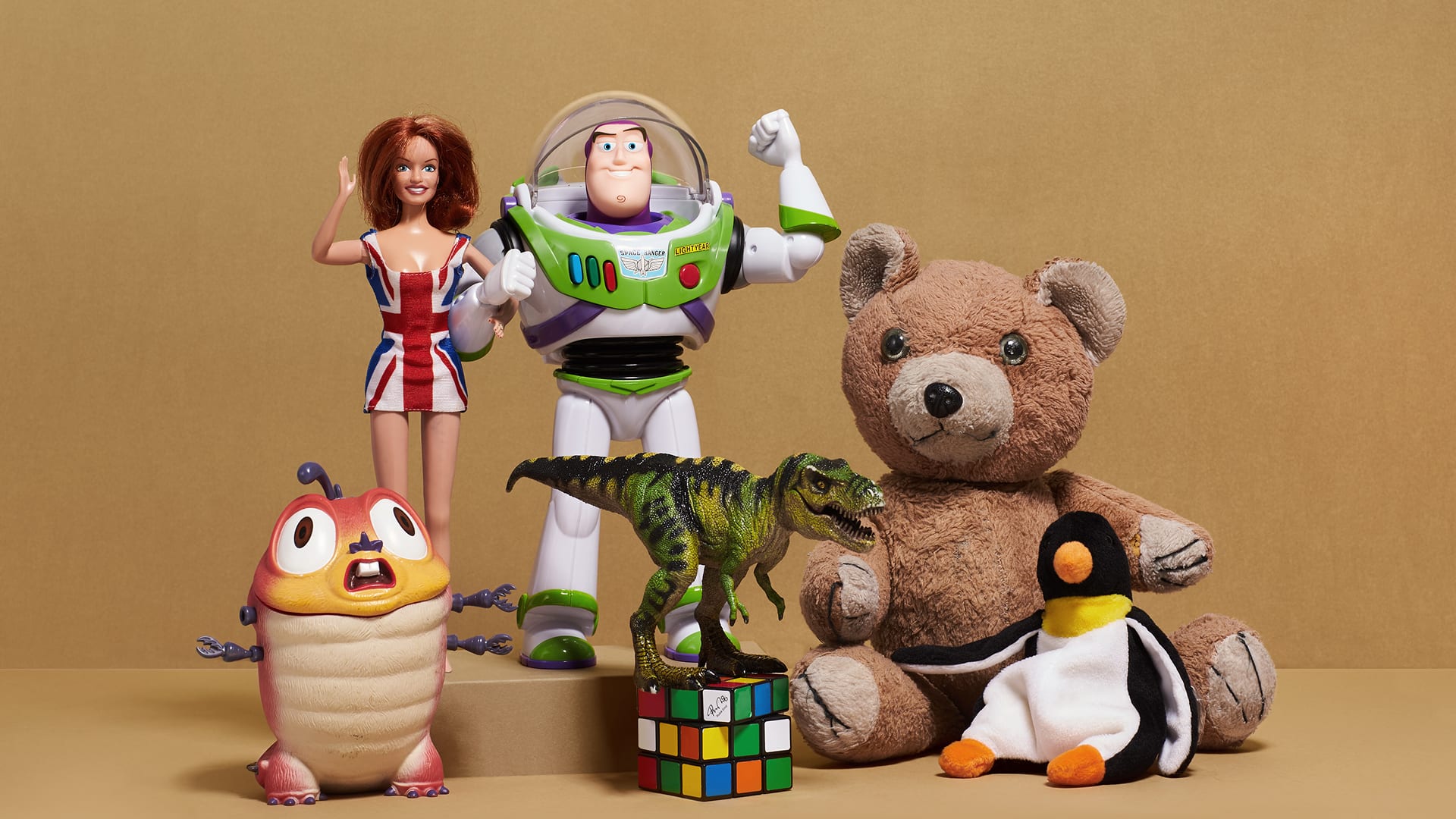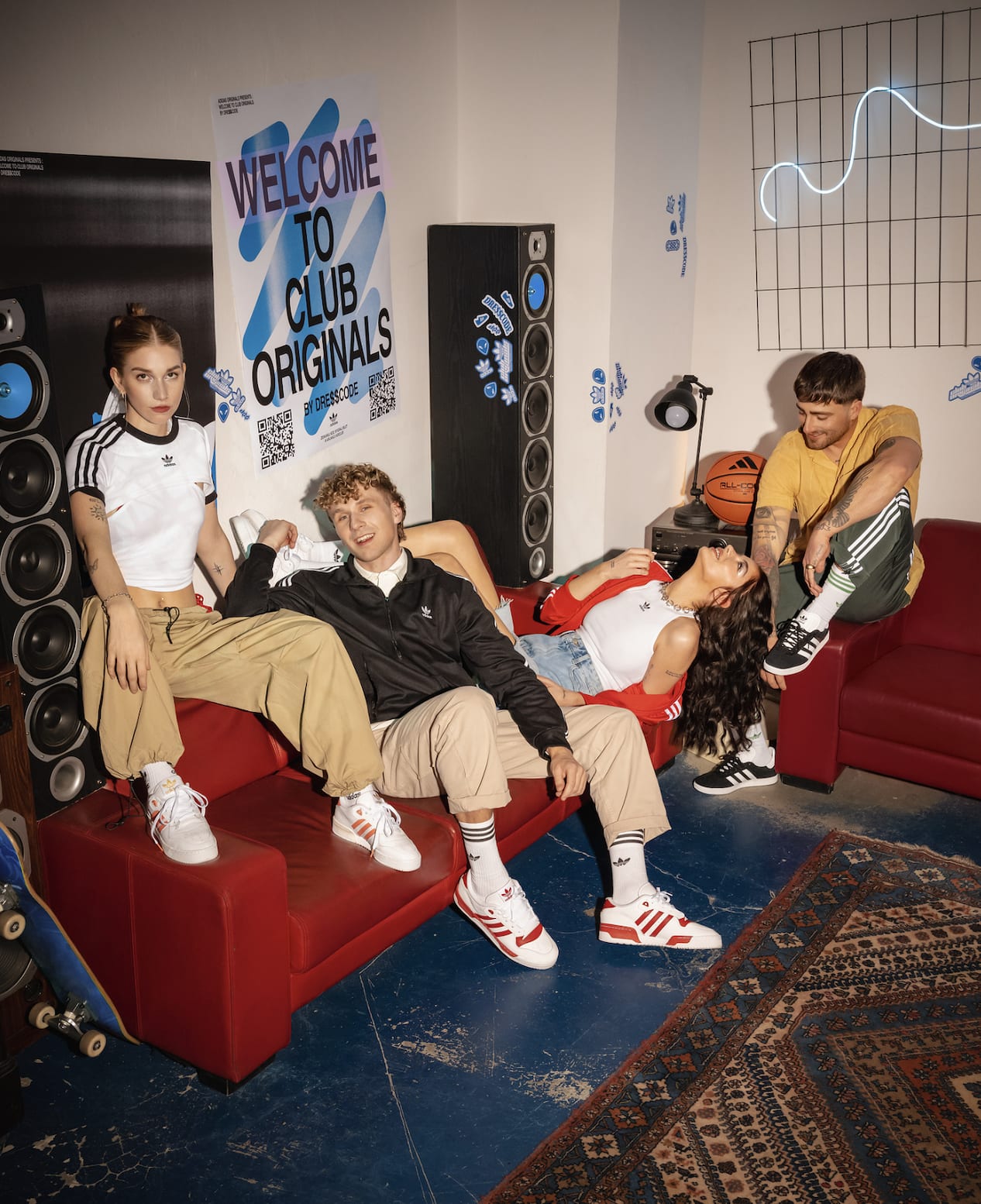Insights
Waste not want not…
Charlotte Dawson
26/02/20

Faced with staggering facts about our consumption levels and with our natural resources being consumed at twice the rate they are produced we could be looking at a very different planet in 2050.
With that in mind, there is one unusual but crucial resource that brands should be looking to in future, a resource which we all contribute to…waste.
Forward thinking, innovative brands have already begun to prove that there is an abundance of creative capital to be found in waste. Gail’s Bakery, Adidas and ecoBirdy are all innovators who have shown that lesser used by-products not only offer a vastly available alternative but also have great commercial potential.
And it seems that consumers are ready to embrace this style of consumerism, in fact, 46% of consumers say that they are now willing to forgo a brand name in order to buy more eco-friendly products.
As awareness of the damaging impacts of our consumerism reaches a new level, many will embrace circularity in product design, architecture, beauty and fashion, championing the wealth in waste.
We take a look at the brands who have innovated in this space…
Gail’s Bakery – No time to waste
In January, Gail’s Bakery announced their ‘Waste Not’ range which vows to use ingredients that would typically be thrown away.
They were shocked by data which revealed that 44% of all bread in the UK is wasted. This is the equivalent of 24 million slices every day, 16,666 slices a minute and 278 slices every second…
To combat this they have begun baking using off-cuts from dough and cheese, incorporating by-products into their recipes and re-purposing their unsold bread.
This move to ‘mindful baking’ speaks plainly to consumer anxiety about food waste, tackling the problem head on in a way that doesn’t compromise their consumers convenience or enjoyment.
ecoBirdy – rethinking the production process
Antwerp-based ecoBirdy also focussed on the sector they knew to implement positive change. They discovered that a shocking 90% of baby and toddler toys are made from plastic – and these single use products have an average lifespan of six months.
In response, ecoBirdy created a system that goes from the collection and recycling of old, unused plastic toys to the design and production of sustainable furniture pieces.
Their mission is to recycle discarded plastic toys in colourful, kid-sized design furniture that is comfortable to use and easy to clean. An accompanying storybook and school-programme has been designed as an education tool, to inspire young people to work towards both a circular economy and a more sustainable future.
Everybody.world x Ace Hotel – Upcycled hospitality
LA-based sustainable fashion label Everybody.world were inspired to create circularity based on locality. They found that Ace Hotel group – headquartered in the same town – wasn’t able to recycle its old sheets and towels.
They used this waste to create a collection of upcycled travel essentials such as sleeping masks, slippers, bags and zipped pouches.
This collaboration not only connected two seemingly disparate industries but also made use of local waste streams as output.
Simone Post x I:CO for Adidas – Fresh perspectives
Designers themselves are at the forefront of changing our perceptions of waste, and collaborating with these out-of-the-box thinkers can help household names like Adidas see their ‘trash’ in a new light.
Dutch designer, Simone Post for example has created a series of soft, bouncy rugs made from discarded Adidas trainers. Post worked with German recycling plant I:CO to shred the sneakers into ribber pellets that are elevated into a terrazzo-style surface pattern – demonstrating the versatility of these materials that otherwise would’ve gone to waste.
So how can your brand begin to value the wealth in waste?
Firstly, work waste into your design, consider like Adidas and ecoBirdy what materials you currently discard and how these could be repurposed in new and unexpected ways.
Secondly, innovate through partnerships. Collaboration is key, learn from innovative brands and implement these ideas in your own world.
And finally, think local, just like Everybody.world, always be aware that one brand’s waste may be another’s treasure.
Using by-product as a resource is not an unconditional solution to pollution, but it is an innovative and commercially beneficial way to cut down on plastic, extend product life and ultimately keep materials out of landfill.
There really is no time to waste!


